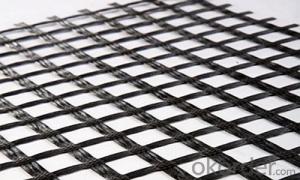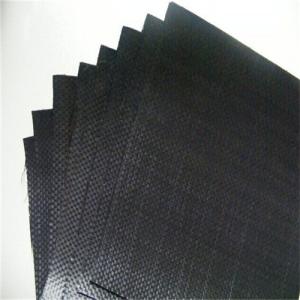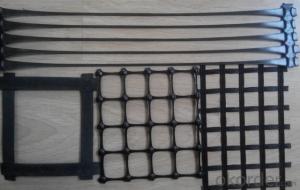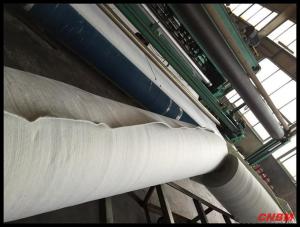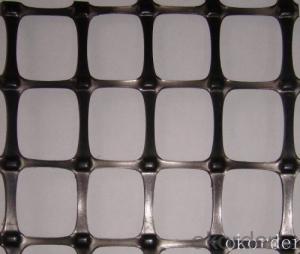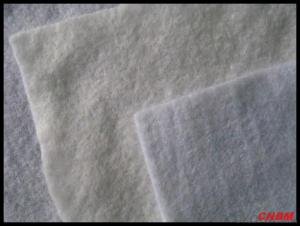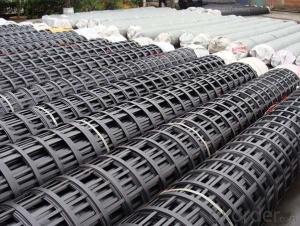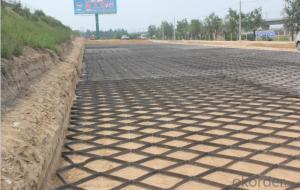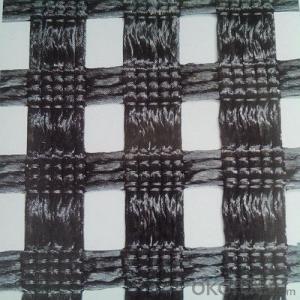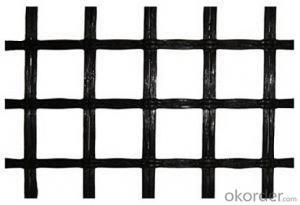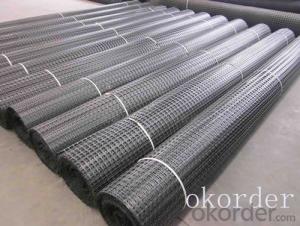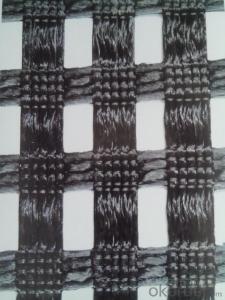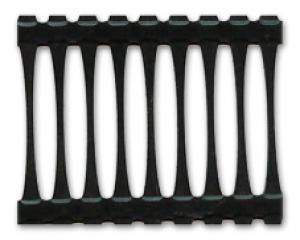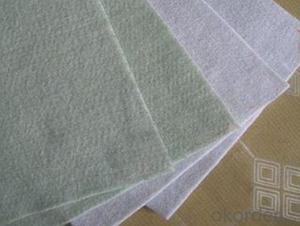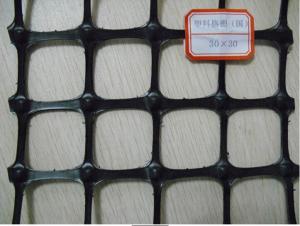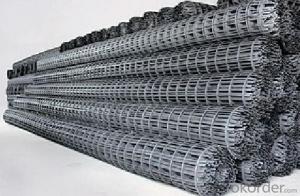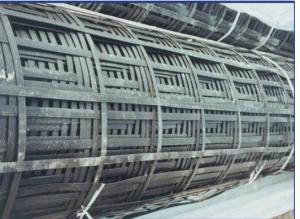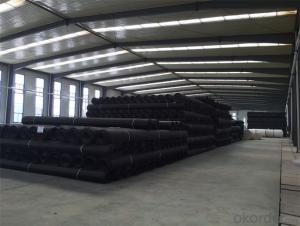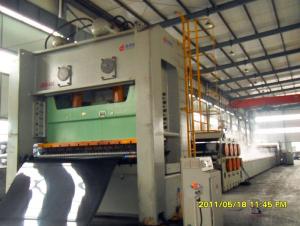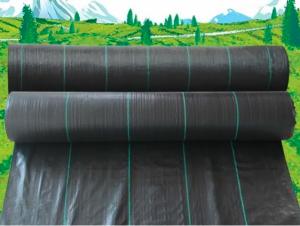Geogrid Fabric For Roads
Geogrid Fabric For Roads Related Searches
Geogrid For Roads Geogrid For Road Construction Geogrid Landscape Fabric Geogrid For Gravel Roads Geogrid For Driveways Geogrid Fabric For Sale Geogrid Reinforcing Fabric Geogrid Fabric Driveway Geogrid For Driveway Geogrid For Road Stabilization Geogrid For Gravel Driveway Geogrid Road Construction Geogrid Fabric Price Geogrid Fabric Cost Geogrid For Gravel Geogrid Textile Geogrid Fabric Near Me Geogrid For Pavers Geogrid With Geotextile Geogrid Road Road Base Geogrid Geogrid For Horse Paddocks Geogrid Fabric Retaining Wall Geogrid Road Base Geogrid Paving Asphalt Geogrid Geo Fabric Geogrid For Soil Stabilization Geogrid Pavement Geogrid For SlopesGeogrid Fabric For Roads Supplier & Manufacturer from China
Geogrid Fabric For Roads is a type of geosynthetic material designed to enhance the stability and load-bearing capacity of road surfaces. This innovative product is made from high-quality polymers and is engineered to provide reinforcement to the soil, thereby improving the overall performance of the road infrastructure. The Geogrid Fabric For Roads is widely recognized for its durability and cost-effectiveness, making it a popular choice among civil engineers and construction professionals.The Geogrid Fabric For Roads is commonly used in various applications, such as reinforcing road bases, stabilizing slopes, and providing support for retaining walls. It is particularly effective in situations where the soil is weak or unstable, as it helps to distribute the load evenly and prevent the formation of ruts and potholes. Additionally, this product can be used in conjunction with other geosynthetic materials, such as geotextiles and geomembranes, to create a comprehensive solution for road construction and maintenance projects.
Okorder.com is a leading wholesale supplier of Geogrid Fabric For Roads, offering a vast inventory of this product to meet the needs of various construction projects. With a commitment to quality and customer satisfaction, Okorder.com ensures that the Geogrid Fabric For Roads they provide is of the highest standard, making it a reliable choice for contractors and engineers alike. By partnering with Okorder.com, customers can benefit from competitive pricing, prompt delivery, and excellent customer service, ensuring a seamless purchasing experience for this essential road construction material.
Hot Products
